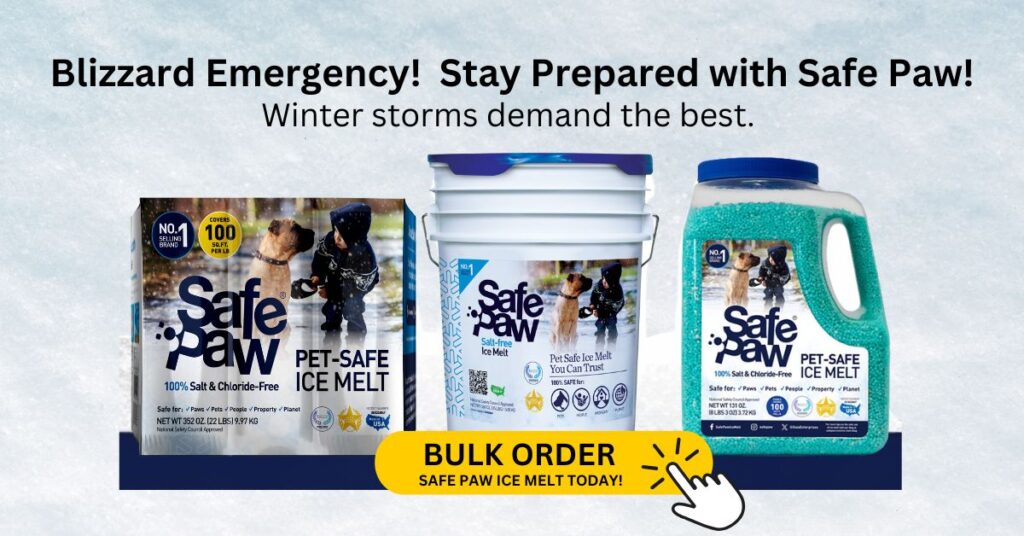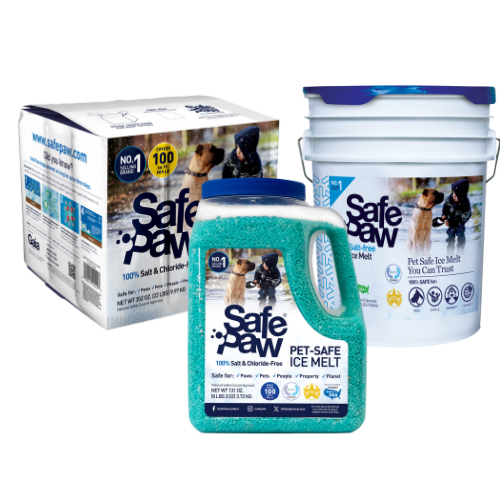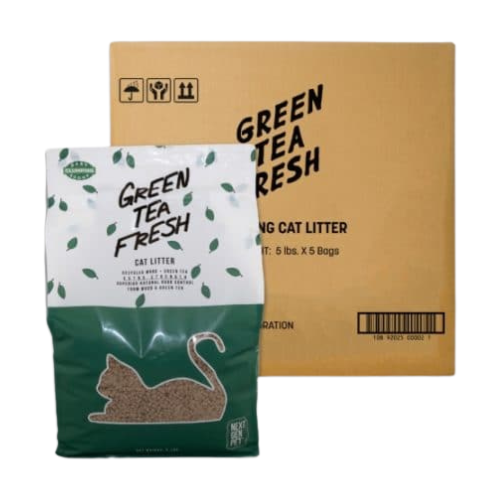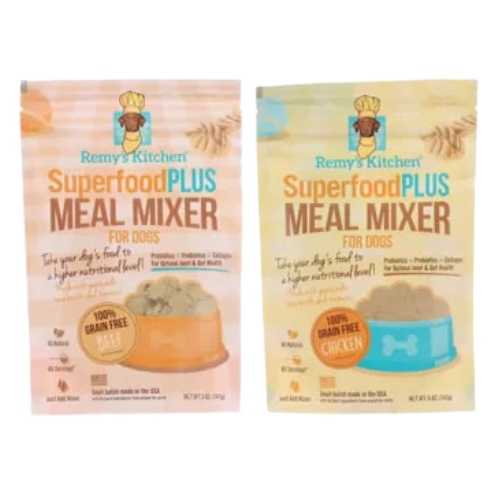Why Test Safe Paw on a Small, Inconspicuous Area First, Even on Sealed or Older Concrete?

The Importance of Testing Ice Melt Products on Concrete Surfaces
Even when using products like Safe Paw and Safe Thaw, which are designed to be safe for concrete, it’s advisable to test them on a small, inconspicuous area first. This precaution helps ensure that the product is compatible with your specific concrete surface, whether it’s sealed, older, or has unique characteristics.
Understanding Concrete Variability
Concrete surfaces can vary widely in composition, age, and treatment. Factors such as the type of sealant used, the age of the concrete, and previous exposure to chemicals can influence how the surface reacts to ice melt products. Testing a small area allows you to observe any potential adverse reactions, such as discoloration or surface degradation, before applying the product more broadly.
Best Practices for Testing
- Select a Discreet Area: Choose a small, less-visible section of your concrete surface for testing.
- Apply the Product: Follow the manufacturer’s instructions to apply a small amount of the ice melt product to the selected area.
- Observe the Results: After the product has had time to work, inspect the area for any signs of damage or discoloration.
- Make an Informed Decision: If the test area shows no adverse effects, it’s likely safe to proceed with applying the product to the rest of the surface.
The Key Difference Between Scaling and Structural Damage
Before reaching for the jackhammer, it’s important to understand the nature of the damage.
Cracking and crumbling that runs deep into the concrete base is a sign of structural failure. This may result from poor installation, severe freeze-thaw cycles, or long-term chemical damage. In those cases, full replacement is often required to restore strength and stability.
But scaling—the flaking or peeling of the concrete’s top layer—is a surface-level issue, usually involving only the outermost ¼ inch of the slab. The base of the concrete remains intact and structurally sound. What you’re seeing is cosmetic deterioration, not failure of the full mass.
Pet Safe Ice Melt – Safe Paw
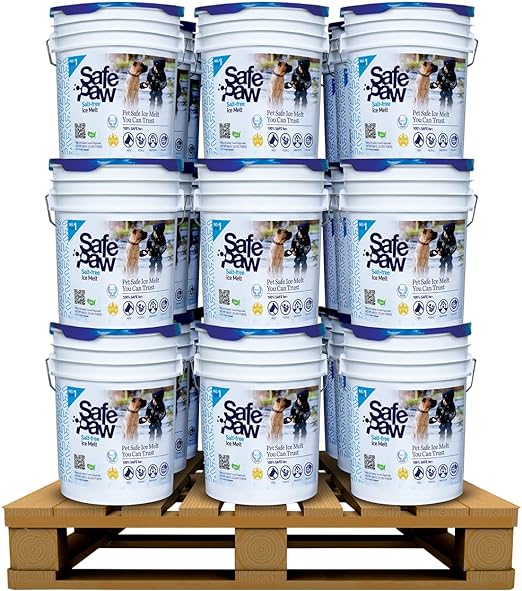
Safe Paw, Child Plant Dog Paw & Pet Safe Ice Melt -35lb, 36 Pails

Safe Paw, Child Plant Dog Paw & Pet Safe Ice Melt -22lb, 100Bboxes
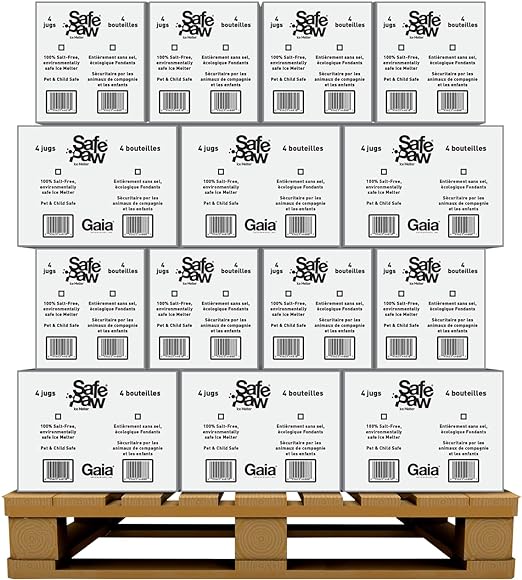
Safe Paw, Child Plant Dog Paw Pet Safe Ice Melt, 160 Jugs
Pet Products Powered By EzPz.pet
Why Resurfacing Is Often the Better Option
Here’s how it works:
- The damaged surface is cleaned and prepped.
- A bonded overlay or resurfacer compound is applied to the top.
- Once cured, it provides a smooth, renewed surface that looks and functions like new.
This method is:
- Less invasive: No demolition, hauling, or loud equipment required.
- Cleaner: No broken concrete scattered across your property.
- Much more affordable: Resurfacing is a fraction of the cost of full replacement.
It’s essentially a way to give your concrete a new skin without tearing out the body underneath.
When scaling is the issue, resurfacing allows you to restore appearance and performance without removing the entire slab.
When Resurfacing Won’t Be Enough
While resurfacing is ideal for scaling or minor surface blemishes, it’s not suitable if your concrete has deep cracks, shifting, or base erosion. If the underlying concrete is failing structurally, putting a cosmetic layer on top won’t solve the problem—it’ll just mask it temporarily.
That’s why a professional evaluation is helpful. If the surface is only scaled but the core is stable, resurfacing can save you time, money, and unnecessary disruption.
Preventing Surface Damage in the Future
To reduce the likelihood of needing either resurfacing or replacement, take these steps:
- Use chloride-free ice melts that don’t accelerate freeze-thaw cycles.
- Ensure your concrete is properly sealed to block water infiltration.
- Avoid metal shovels and harsh scrapers that may loosen the top layer.
- Sweep surfaces regularly to keep them clean and dry.
Remember: Most scaling happens from water infiltration, not necessarily the product itself. Protecting your concrete is a year-round effort.
Conclusion
If your concrete has light scaling or surface pop-outs after winter, don’t panic. It doesn’t mean your driveway or sidewalk is ruined. In many cases, a resurfacing treatment is all that’s needed to make it look brand new—without the cost, noise, or mess of a full replacement. Understanding the difference between cosmetic damage and structural failure is essential. The right solution starts with the right diagnosis—and often, it’s far simpler than you think.
Other Ice Melt Products
Traction Magic
Stay safe on slippery surfaces with a product that’s 100% natural and safe for pets, people, and your property. Use Traction Magic on sidewalks, steps, or as instant traction for your car.
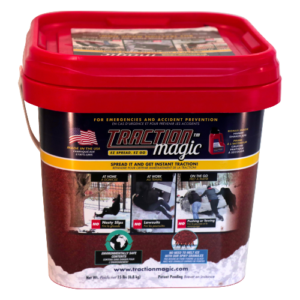
Safe Thaw
Imagine an ice melt you can put down and never worry about. It won’t harm pets, kids and your property. That’s Safe Thaw. Unlike anything else on the market, Safe Thaw can change how winter affects our planet.
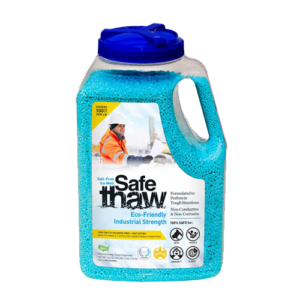
Walk On Ice
Prevent slips at home, work or on the go, The handy disposable canister can be taken everywhere, with the same 100% naturally occurring minerals that provide instant traction on ice or snow.
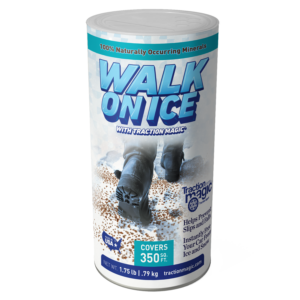
Safe Thaw
Imagine an ice melt you can put down and never worry about. It won’t harm pets, kids and your property. That’s Safe Thaw. Unlike anything else on the market, Safe Thaw can change how winter affects our planet.

